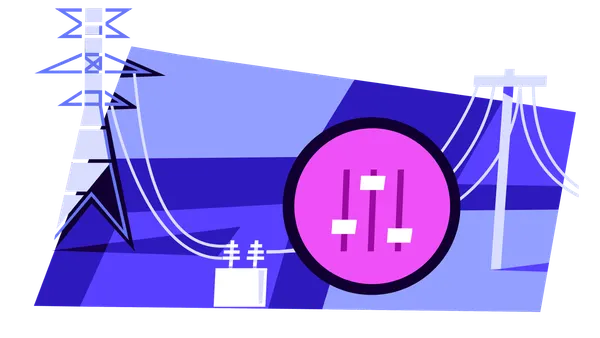Dive Brief:
- Pacific Gas and Electric has successfully integrated two Battery Energy Storage Systems (BESS) into the California ISO market, demonstrating the potential for storage in the state's electricity markets, the utility announced last week.
- The utility's 2 MW Vaca-Dixon BESS is the first to participate in the market, and its 4 NW Yerba Buena system is the first to both participate in the market and serve a reliability function.
- More importantly, PG&E said it had developed an "automated dispatch system" that will serve as a platform for continued market participation, though at this point there is most value in supplying ancillary services.
Dive Insight:
PG&E's announcement that it has integrated battery storage into the CAISO market is an indicator of where the state's grid is heading, but the full report on experiment also indicates there is progress to be made.
The utility said the CAISO day-ahead and real-time energy revenues "are not currently conducive to energy arbitrage," explaining that the economics of battery participation in energy markets are driven by the differentials charging and discharging rates. "The project observed that these price differentials were not large enough on a consistent basis to offset the inherent round trip efficiency of the BESSs, which averaged about 75 percent."
Frequency regulation is the best financial use of the batteries, PG&E concluded, while the ability to provide spinning reserves "can very modestly add to resource revenues. "
Next year, PG&E intends to use the Yerba Buena battery, located in the San Jose foothills, for another demonstration involving the coordination of third-party distributed energy resources like residential and commercial solar. The utility said it will use smart inverters and battery storage controlled through a distributed energy resource management system.
California has been working to integrate distributed energy resources into its markets, and is among the more innovative states reimagining the utility sector. Utilities have storage capacity goals, and batteries are being used to avert reliability issues during gas shortages.
PG&E said it addressed multiple barriers through the project, funded by California’s Electric Program Investment Charge program, that allowed it to establish a new interconnection process and develop an automated dispatch system.
“When we started this project, there were no batteries participating in the CAISO markets, so the only information available about battery market performance came from economic models," Manho Yeung, PG&E senior director, Transmission Asset Management, said in a statement. "So much goes into deploying a completely new type of technology in the CAISO market. ... Now that we have put these elements in place, it will be much easier to bring future battery systems online."














